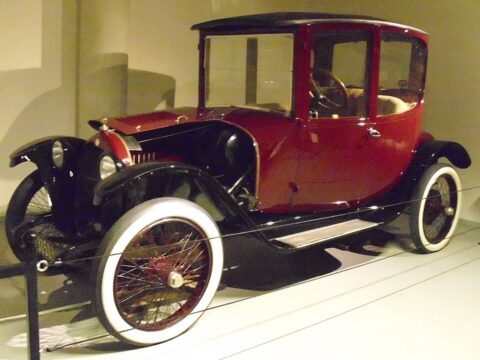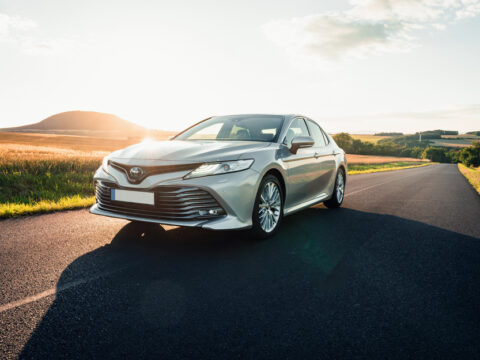France has long been a hub of automotive innovation, producing some of the most iconic and influential cars in history. From sleek sports cars to groundbreaking everyday vehicles, French manufacturers have consistently pushed the boundaries of design, technology, and performance. This list celebrates the best French cars ever built, showcasing a blend of classic elegance and modern engineering excellence.
Contents
Bugatti Veyron 16.4
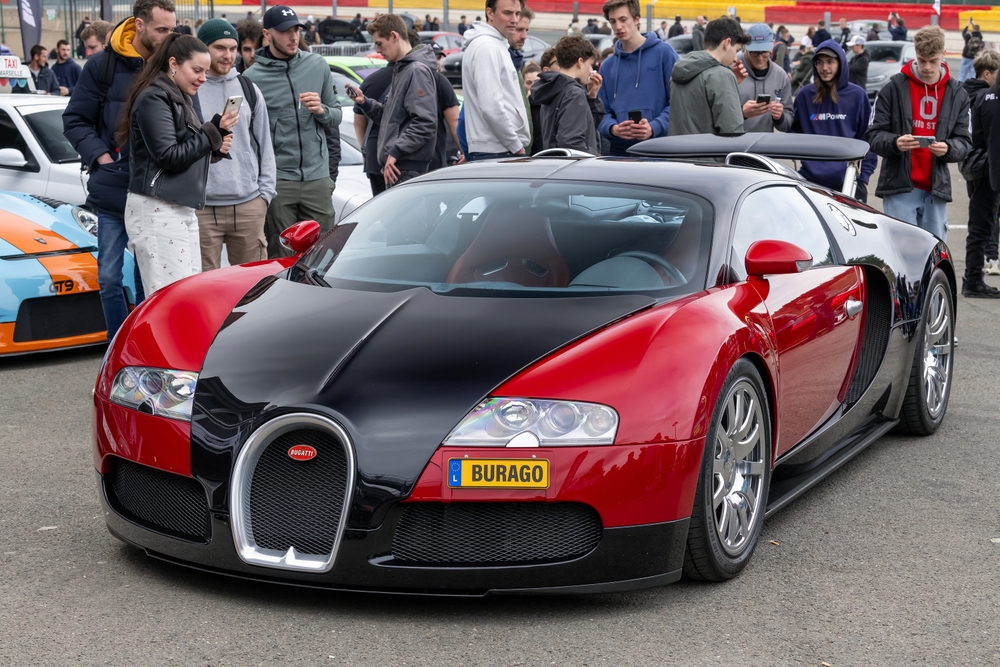
The Bugatti Veyron 16.4 stands as a pinnacle of automotive engineering and luxury. Introduced in 2005, this hypercar is known for its unprecedented performance, boasting a quad-turbocharged W16 engine that delivers 1,001 horsepower, allowing it to reach speeds over 250 mph. Its sophisticated design, advanced aerodynamics, and luxurious interiors set new standards in the supercar category. The Veyron also features cutting-edge technology, such as active aerodynamics and a carbon fiber monocoque chassis, ensuring both speed and stability. Its handcrafted interiors, adorned with premium materials, offer unparalleled comfort and elegance, making it a true representation of French innovation and craftsmanship.
Bugatti Type 51
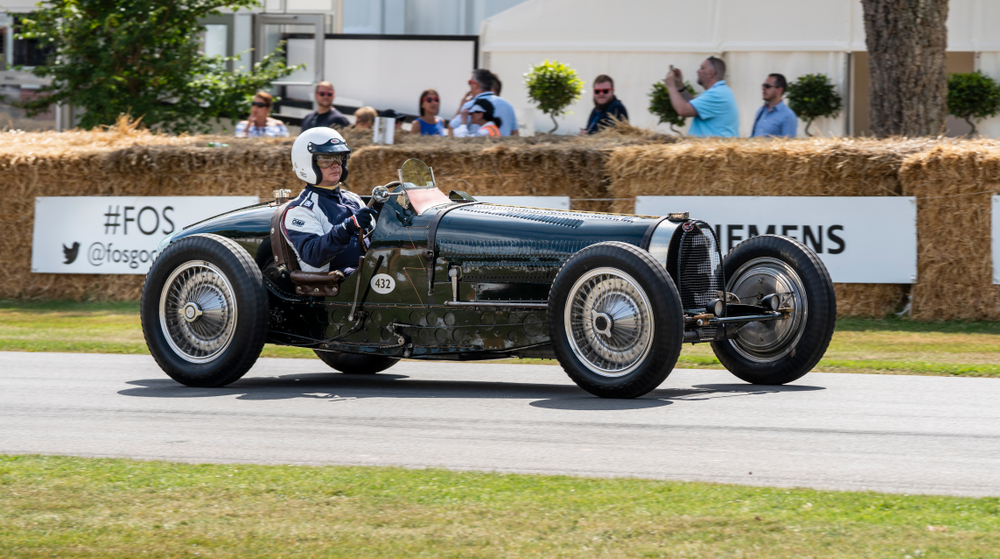
The Bugatti Type 51, produced in the early 1930s, is a symbol of racing heritage and engineering prowess. With its supercharged 2.3-liter straight-eight engine, this car dominated the Grand Prix circuits of its time, winning numerous races and cementing Bugatti’s reputation in motorsport. Its lightweight design, superior handling capabilities, and advanced mechanical innovations showcased Bugatti’s commitment to performance and technical excellence. The Type 51’s sleek, aerodynamic body and meticulous attention to detail not only contributed to its racing success but also made it an icon of pre-war automotive design.
Peugeot 205 GTI
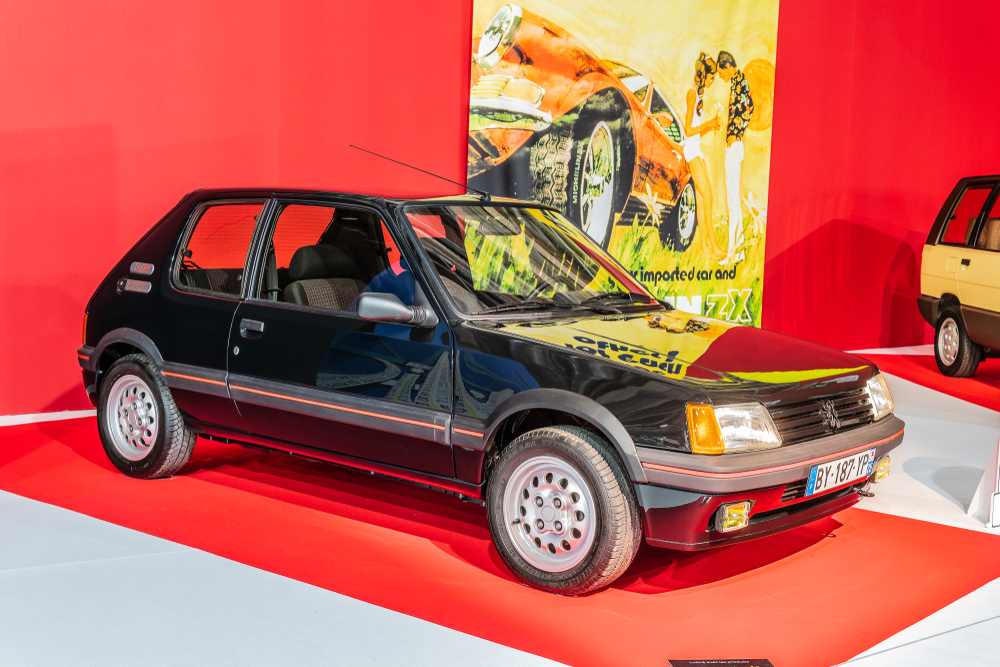
The Peugeot 205 GTI, launched in the 1980s, is often hailed as one of the best hot hatches ever made. Its nimble handling, punchy 1.6-liter and later 1.9-liter engines, and lightweight build made it a favorite among driving enthusiasts. The 205 GTI’s blend of performance, affordability, and everyday usability highlighted Peugeot’s ability to create engaging and practical sports cars. Its sporty design, featuring flared wheel arches, a rear spoiler, and distinctive red trim, added to its appeal. The 205 GTI also gained a loyal following for its reliability and robust build, becoming a cult classic in the automotive world.
Citroën SM
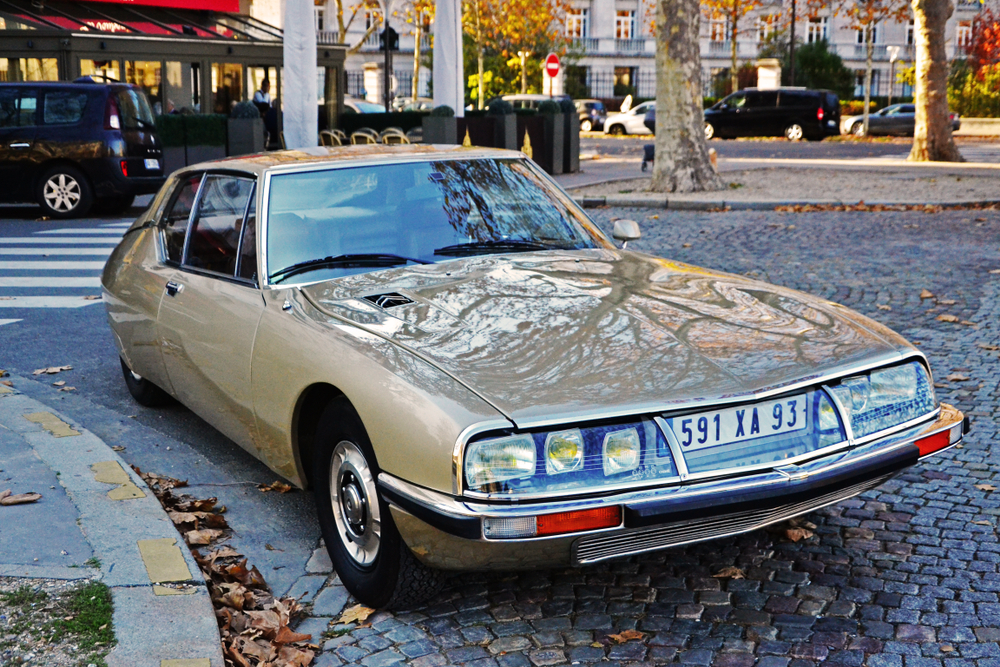
The Citroën SM, introduced in 1970, combined futuristic design with advanced engineering. Featuring a Maserati V6 engine and Citroën’s hydropneumatic suspension, the SM offered a smooth and dynamic driving experience. Its aerodynamic body, luxurious interior, and innovative features like self-centering steering showcased Citroën’s forward-thinking approach to automotive design. The SM’s distinctive styling, characterized by its sleek, low profile and covered headlamps, set it apart as a design icon of the 1970s. Inside, the car offered unparalleled comfort and cutting-edge technology, reinforcing Citroën’s reputation for innovation and elegance.
Renault Mégane R.S.

The Renault Mégane R.S. is a modern performance hatchback that continues to impress with its sharp handling and powerful turbocharged engines. Known for its agility on both road and track, the Mégane R.S. features advanced suspension technology, including a unique PerfoHub front suspension, and a sporty design. Its ability to combine everyday practicality with high-performance driving dynamics exemplifies Renault’s engineering expertise. The car’s aggressive styling, with wide fenders, sporty bumpers, and large alloy wheels, reflects its performance-oriented nature. Inside, the Mégane R.S. offers a driver-focused cockpit with supportive seats and advanced infotainment systems.
Peugeot 306 Maxi
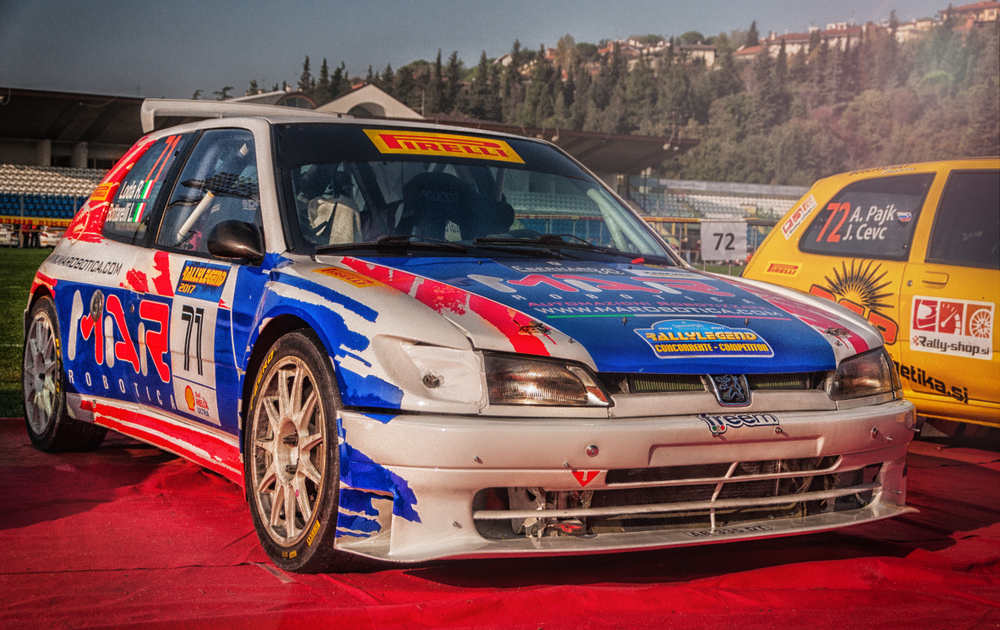
The Peugeot 306 Maxi, a rally legend of the 1990s, demonstrated Peugeot’s prowess in motorsport. Its 2.0-liter engine, producing around 285 horsepower, and sophisticated suspension setup made it a formidable competitor in rally championships. The 306 Maxi’s success on the rally stages solidified its place in automotive history as an icon of French racing engineering. Its aggressive bodywork, with flared wheel arches and aerodynamic enhancements, gave it a commanding presence. The 306 Maxi’s performance on both tarmac and gravel rally stages showcased Peugeot’s ability to build versatile and competitive rally cars.
Alpine A110
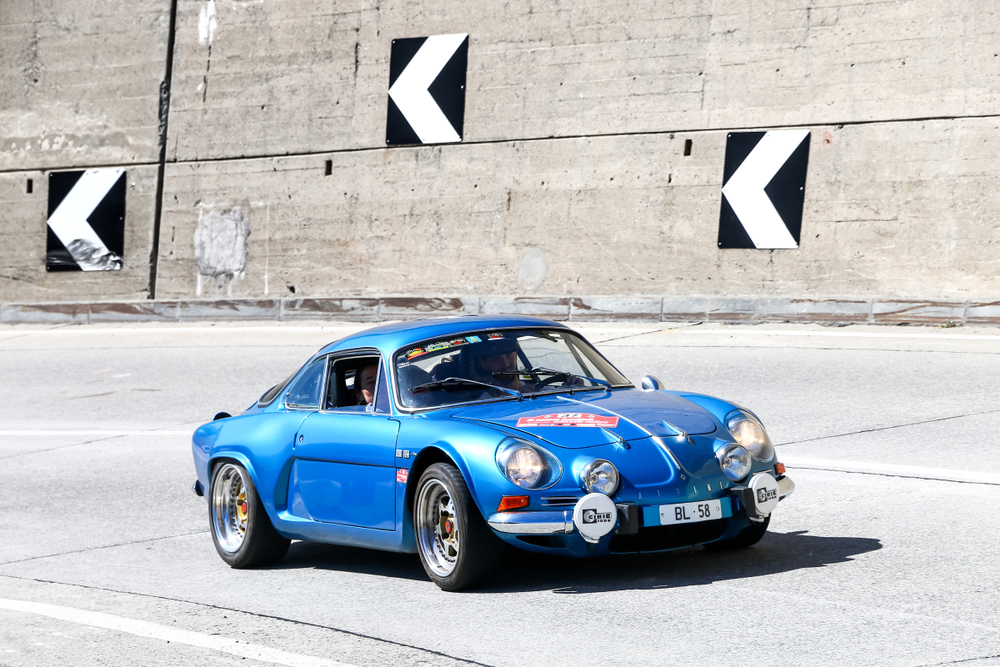
The Alpine A110, first introduced in the 1960s and revived in 2017, is a lightweight sports car known for its agility and precise handling. The original A110 gained fame for its success in rallying, particularly in the Monte Carlo Rally, while the modern version combines retro styling with contemporary performance. Its mid-engine layout, lightweight construction using aluminum, and engaging driving experience make it a standout example of French automotive innovation. The A110’s timeless design, characterized by its sleek lines and compact dimensions, has made it a favorite among enthusiasts and collectors alike.
Bugatti Type 57SC Atlantic
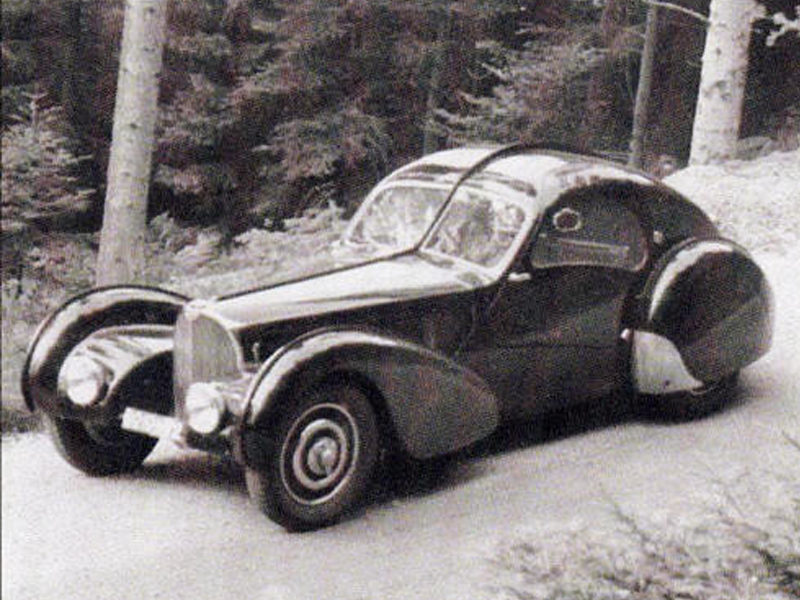
The Bugatti Type 57SC Atlantic, produced in the late 1930s, is one of the most iconic and valuable classic cars. Its striking design, featuring flowing lines and riveted body panels, set it apart as an Art Deco masterpiece. Powered by a supercharged straight-eight engine, the Type 57SC Atlantic combined elegance with performance, exemplifying Bugatti’s dedication to luxury and engineering excellence. Only a handful of these cars were ever made, adding to their exclusivity and desirability. The Atlantic’s craftsmanship and attention to detail, both in its exterior design and luxurious interior, make it a true automotive legend.
Citroën DS
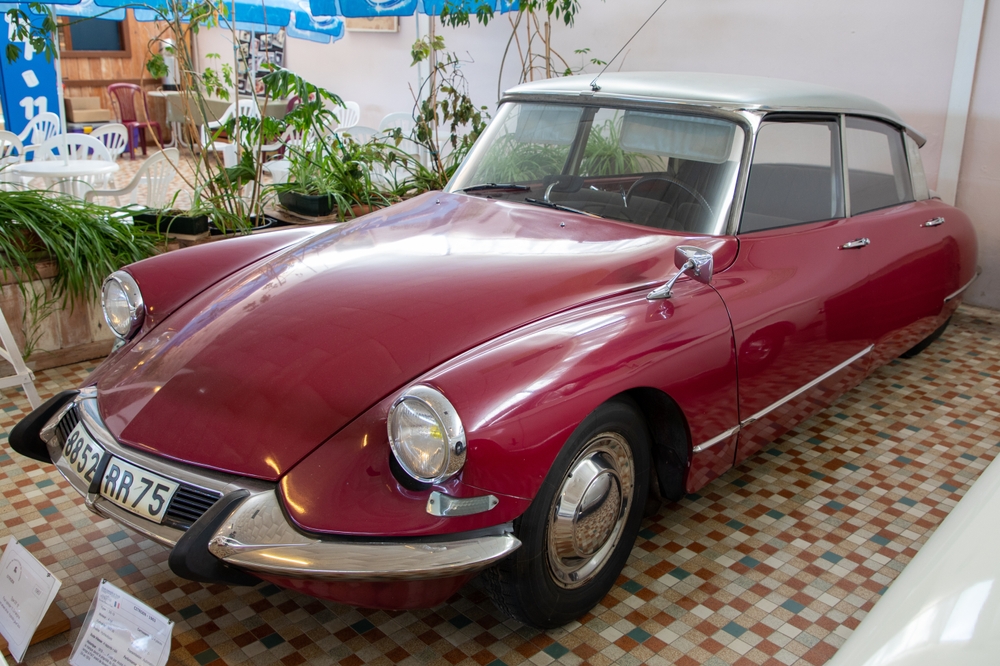
The Citroën DS, introduced in 1955, revolutionized automotive design and technology. Known for its aerodynamic body, hydropneumatic suspension, and advanced features like power steering and disc brakes, the DS offered unparalleled comfort and innovation. Its futuristic design, often compared to a spaceship, and groundbreaking engineering made it a symbol of French ingenuity and a milestone in automotive history. The DS’s spacious and luxurious interior, with innovative features such as a single-spoke steering wheel and a dashboard-mounted gear lever, set new standards for automotive comfort and sophistication.
Renault Clio Williams
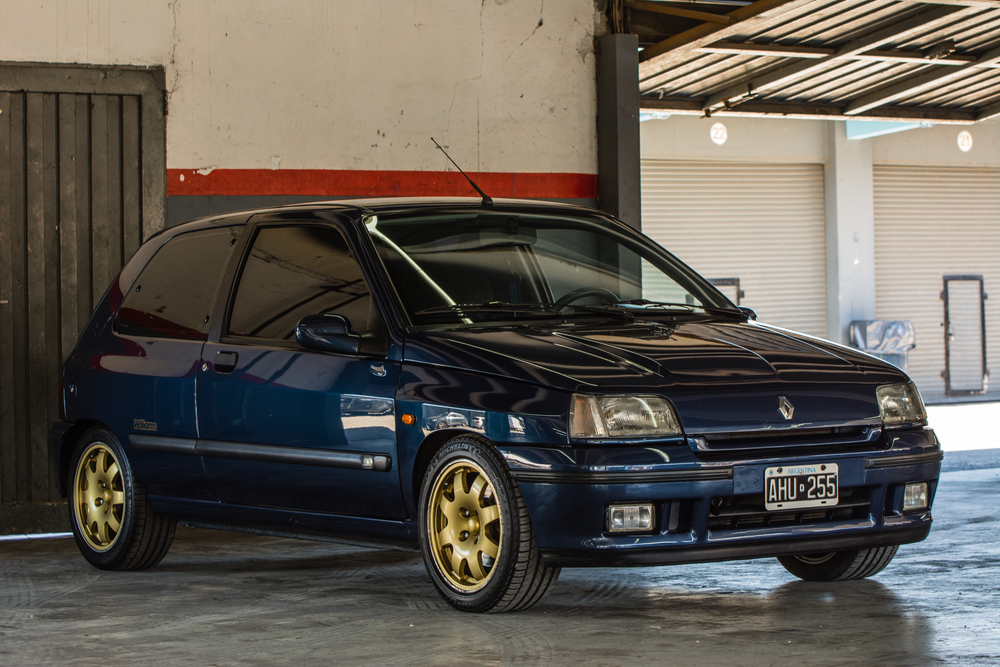
The Renault Clio Williams, launched in the 1990s, is celebrated as one of the best hot hatches of its era. Named after the Williams Formula 1 team, this limited-edition Clio featured a 2.0-liter engine, sporty suspension, and unique styling elements such as gold alloy wheels and Williams decals. Its blend of performance and exclusivity highlighted Renault’s ability to create thrilling and collectible performance cars. The Clio Williams’ precise handling, punchy engine, and distinctive design made it a favorite among driving enthusiasts and a sought-after collector’s item.
Peugeot 504
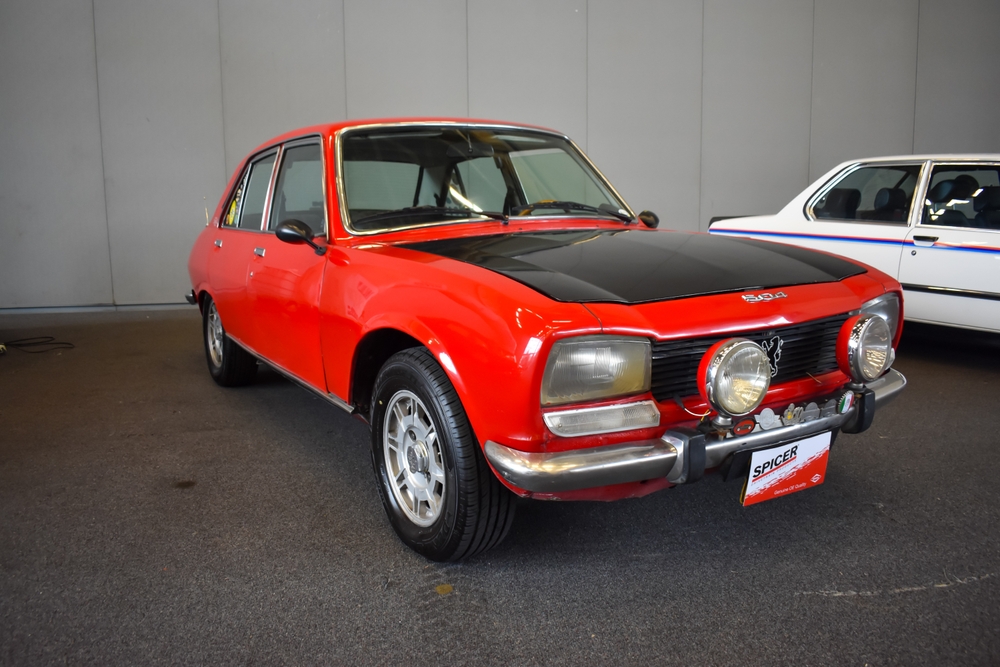
The Peugeot 504, introduced in 1968, is renowned for its robust build and versatility. Available in various body styles, including sedan, coupe, and convertible, the 504 featured a range of reliable engines and a comfortable ride. Its durability and adaptability made it a popular choice globally, from European roads to African rough terrains, reflecting Peugeot’s commitment to quality and practicality. The 504’s elegant design, with its distinctive headlights and smooth lines, along with its comfortable and spacious interior, contributed to its widespread appeal and long production run.
Renault 5 Turbo
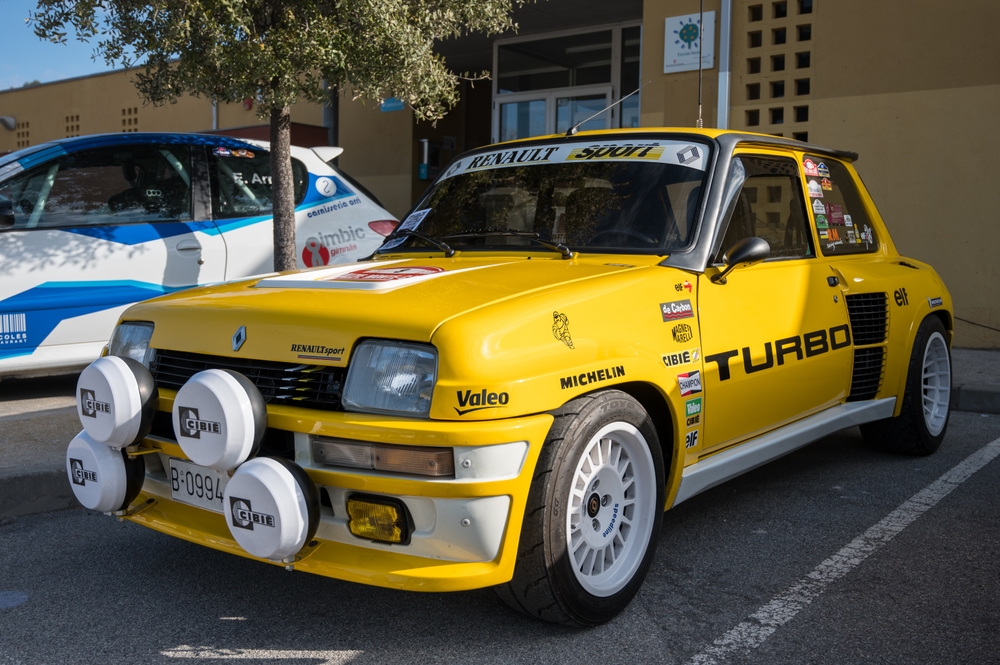
The Renault 5 Turbo, introduced in 1980, is an iconic hot hatch with a mid-mounted turbocharged engine. Designed for rallying, its aggressive styling and wide body kit distinguished it from the standard Renault 5. The 5 Turbo’s combination of lightweight construction, powerful performance, and agile handling made it a standout in the world of performance cars. Its unique layout, with the engine placed behind the driver, provided excellent balance and handling characteristics, making it a formidable competitor in rally racing and a beloved model among car enthusiasts.
Citroën 2CV
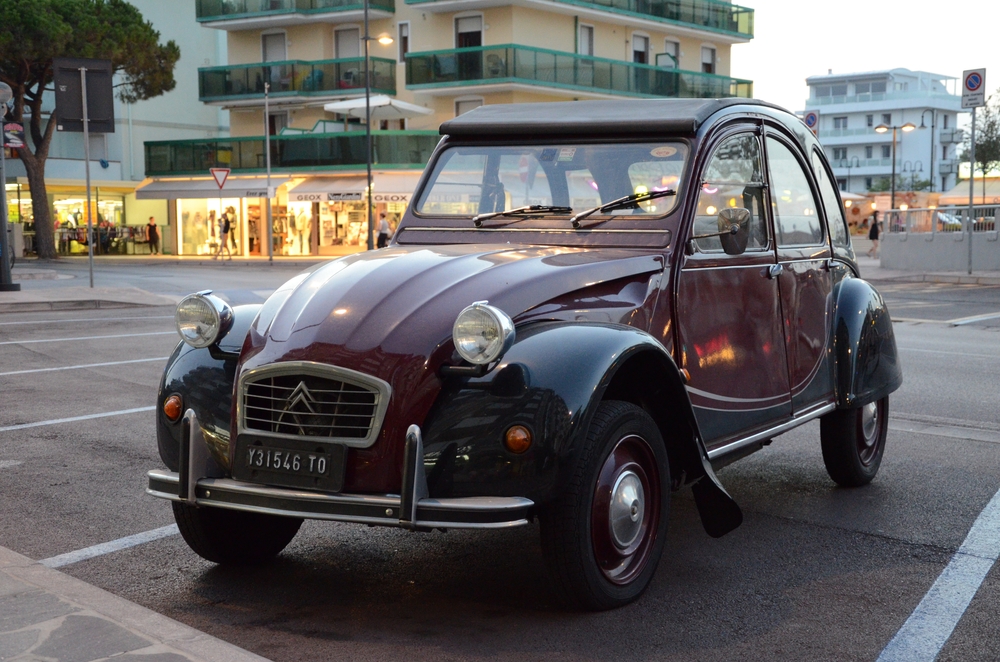
The Citroën 2CV, produced from 1948 to 1990, is an icon of simplicity and practicality. Designed to be an affordable and rugged car for rural France, the 2CV featured a minimalist design, a reliable air-cooled engine, and innovative suspension. Its enduring popularity and cultural impact highlight Citroën’s ability to create timeless and beloved vehicles. The 2CV’s distinctive look, with its corrugated metal body and simple yet functional interior, made it a symbol of French ingenuity and a beloved classic. Its versatility and ease of maintenance endeared it to a wide range of drivers, from farmers to city dwellers.
Alpine A310
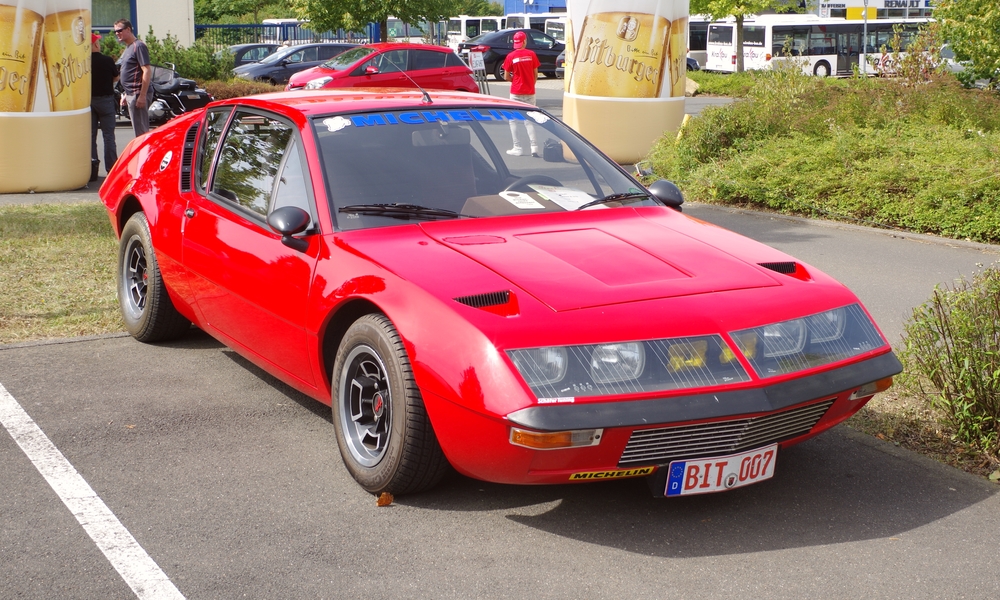
The Alpine A310, launched in the 1970s, continued Alpine’s tradition of lightweight, mid-engine sports cars. Its distinctive wedge-shaped design and powerful V6 engine made it a striking and capable performer. The A310’s success in motorsport and its unique styling underscored Alpine’s reputation for creating engaging and innovative sports cars. Its fiberglass body and advanced aerodynamics provided a competitive edge, while the comfortable and well-appointed interior made it suitable for both track and road use. The A310’s legacy lives on as a testament to Alpine’s engineering excellence and design innovation.
Peugeot RCZ
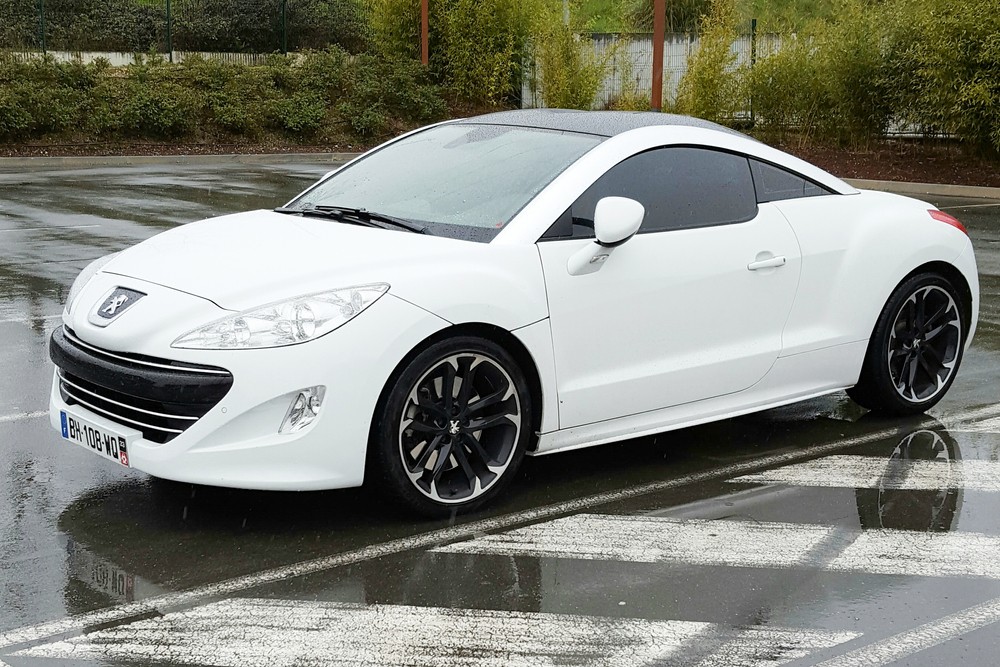
The Peugeot RCZ, introduced in 2010, is a stylish sports coupe known for its distinctive double-bubble roof and dynamic performance. With turbocharged engines and a focus on driving pleasure, the RCZ offered an engaging experience. Its bold design and sporty characteristics showcased Peugeot’s ability to blend aesthetics with performance. The RCZ’s interior featured high-quality materials and advanced technology, providing both comfort and connectivity. Its sharp handling and responsive steering made it a joy to drive, cementing its place as one of Peugeot’s most memorable modern cars.
Bugatti EB110
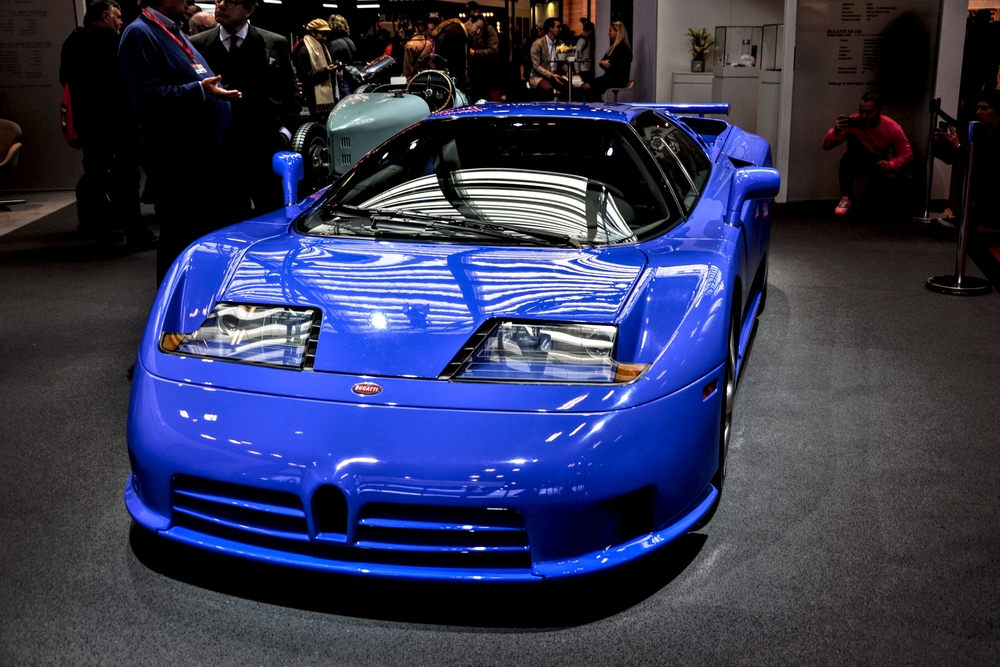
The Bugatti EB110, introduced in the early 1990s, marked Bugatti’s return to the supercar market. Featuring a quad-turbocharged V12 engine and all-wheel drive, the EB110 delivered an impressive performance with 560 horsepower in its GT version and 611 horsepower in the SS version. This allowed the car to achieve a top speed of over 200 mph and accelerate from 0 to 60 mph in just 3.2 seconds. The EB110’s advanced engineering, including a carbon fiber monocoque chassis and active aerodynamics, positioned it at the cutting edge of automotive technology. Its sleek and futuristic design, coupled with luxurious interiors, made it a significant milestone in Bugatti’s storied history and a precursor to the hypercars that followed.
Renault Alpine GTA
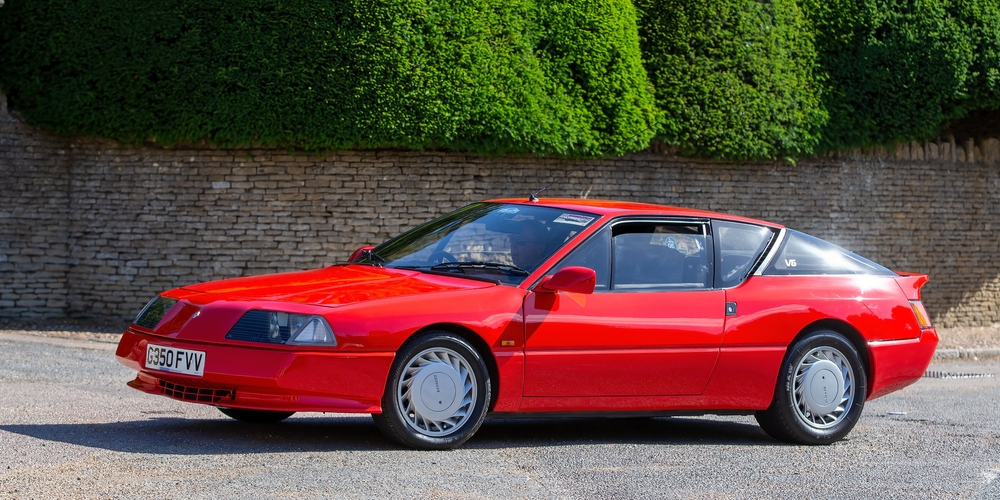
The Renault Alpine GTA, launched in the 1980s, is a sleek and aerodynamic sports car that continued the legacy of the Alpine brand. With a rear-mounted V6 engine and lightweight construction, the GTA offered a balanced and thrilling driving experience. The car’s aerodynamic design, featuring a drag coefficient of just 0.28, contributed to its performance and fuel efficiency. The GTA’s innovative use of composite materials for the body panels kept weight low and rigidity high. Inside, the GTA offered a driver-focused cockpit with modern amenities and a comfortable ride, making it suitable for both spirited driving and everyday use. Its unique blend of performance, design, and technology made it a standout in the world of French sports cars.
Peugeot 3008
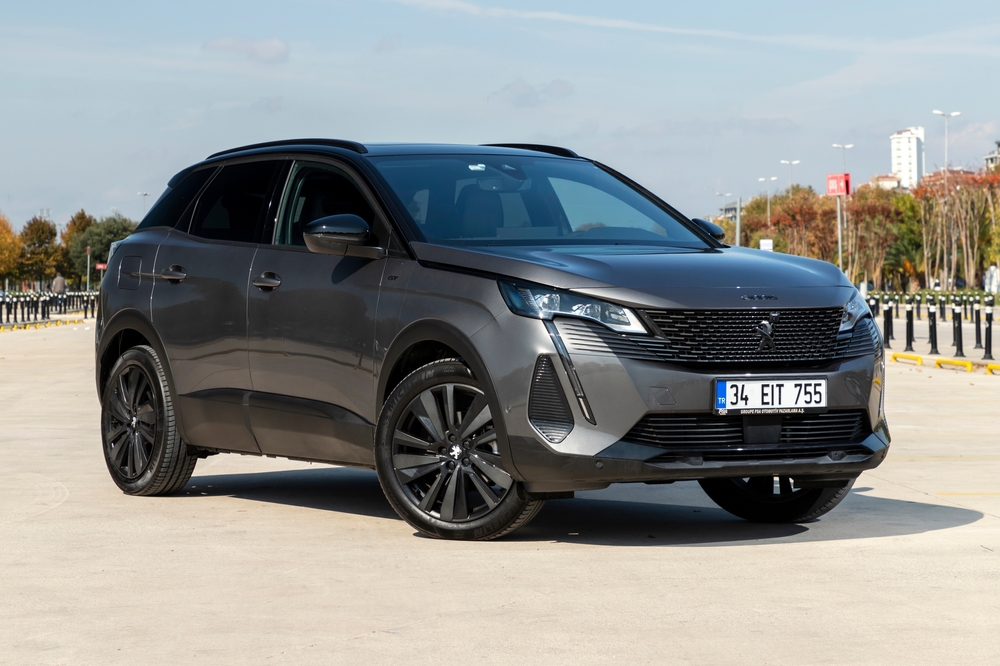
The Peugeot 3008, a modern SUV introduced in 2008, represents Peugeot’s shift towards stylish and practical crossovers. The 3008 features advanced technology, efficient engines, and a high-quality interior, offering a compelling blend of comfort and functionality. Its distinctive design, with a bold front grille and sleek lines, sets it apart in the competitive SUV market. Inside, the 3008 boasts Peugeot’s i-Cockpit, which includes a digital instrument panel and a compact steering wheel, enhancing the driving experience. The 3008’s success highlights Peugeot’s adaptability and innovation in creating a versatile and appealing vehicle for modern consumers.
Citroën C6
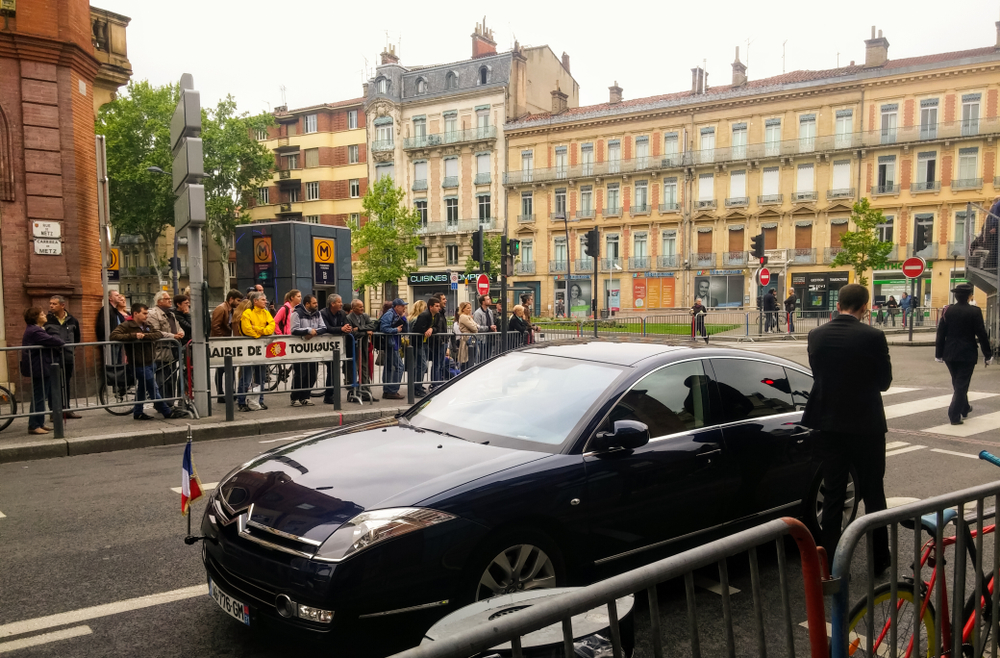
The Citroën C6, launched in the mid-2000s, is a luxury sedan known for its comfort and advanced technology. Featuring a hydropneumatic suspension system, the C6 provided a smooth and refined ride, adapting to road conditions to ensure optimal comfort. Its distinctive design, characterized by a sleek profile and an avant-garde front end, demonstrated Citroën’s commitment to bold styling. The C6’s high level of equipment, including features like a head-up display, lane departure warning, and massaging seats, showcased Citroën’s dedication to luxury and innovation. Inside, the C6 offered a spacious and elegant cabin with high-quality materials, making it a sophisticated choice for discerning drivers.
Renault Twingo
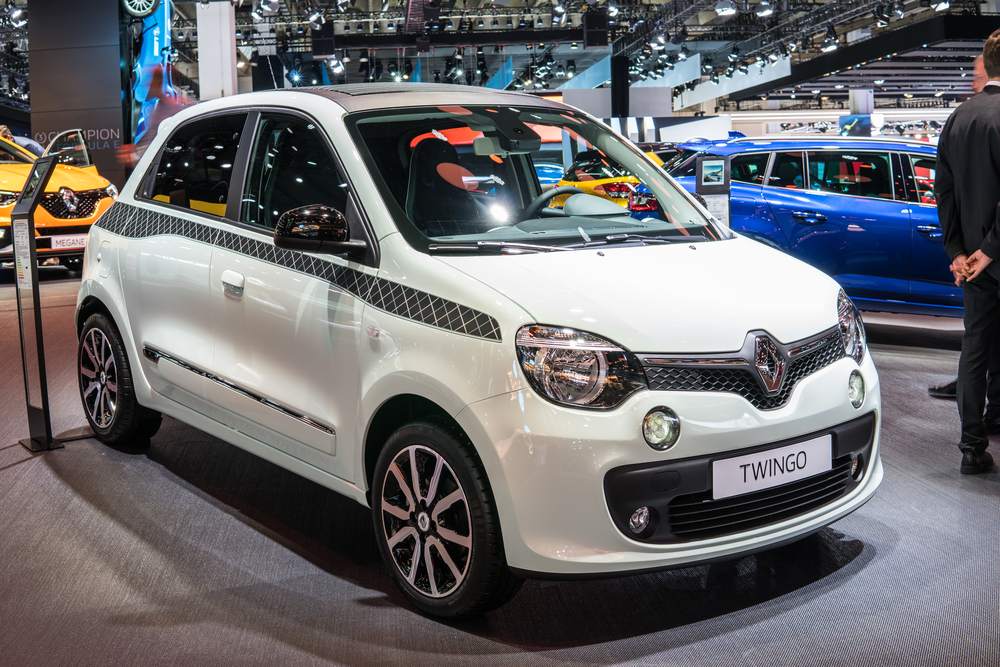
The Renault Twingo, introduced in the early 1990s, is a compact city car known for its clever design and practicality. Despite its small footprint, the Twingo’s spacious interior, innovative features like a sliding rear seat, and modular layout made it a popular choice in urban environments. The Twingo’s cheerful and distinctive design, with its rounded shape and colorful options, appealed to a wide range of drivers. Its success highlighted Renault’s ability to create efficient and user-friendly vehicles that were both fun and functional. The Twingo’s legacy continues with newer generations, maintaining its reputation as a versatile and beloved city car.
Peugeot 607
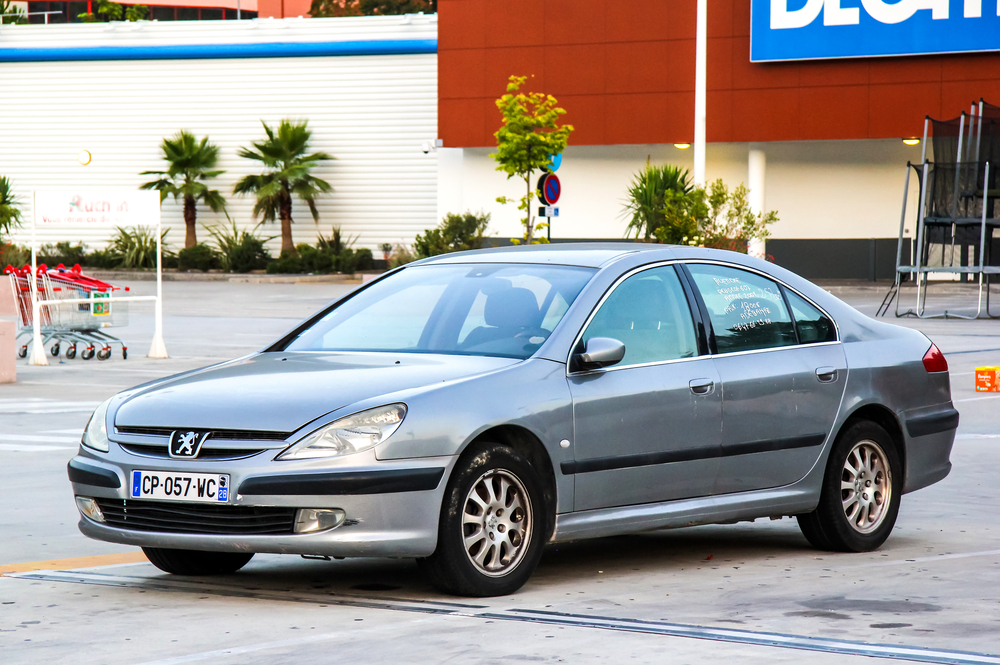
The Peugeot 607, a large executive car produced in the early 2000s, combined elegance with advanced features. Its comfortable ride, powerful engines, and luxurious interior made it a strong contender in the executive car market. The 607’s refinement and technology underscored Peugeot’s capabilities in producing high-end vehicles. Its exterior design, characterized by smooth lines and a stately presence, exuded sophistication. Inside, the 607 offered a well-appointed cabin with leather upholstery, wood trim, and advanced infotainment systems, providing a serene and luxurious driving experience. The car’s focus on comfort and technology made it a desirable choice for business professionals and luxury car enthusiasts.
Citroën BX

The Citroën BX, launched in the 1980s, is known for its distinctive design and innovative engineering. Featuring a hydropneumatic suspension and lightweight construction, the BX offered a unique blend of comfort and performance. Its angular, futuristic design, with sharp lines and a high rear deck, set it apart from other cars of its era. The BX’s success in various body styles, including hatchback and estate, demonstrated Citroën’s versatility in catering to different market segments. Inside, the BX provided a spacious and functional interior, with features like a digital dashboard and ergonomic controls. Its ability to offer a comfortable ride, practical utility, and distinctive styling made it a standout in the Citroën lineup.
Renault Espace
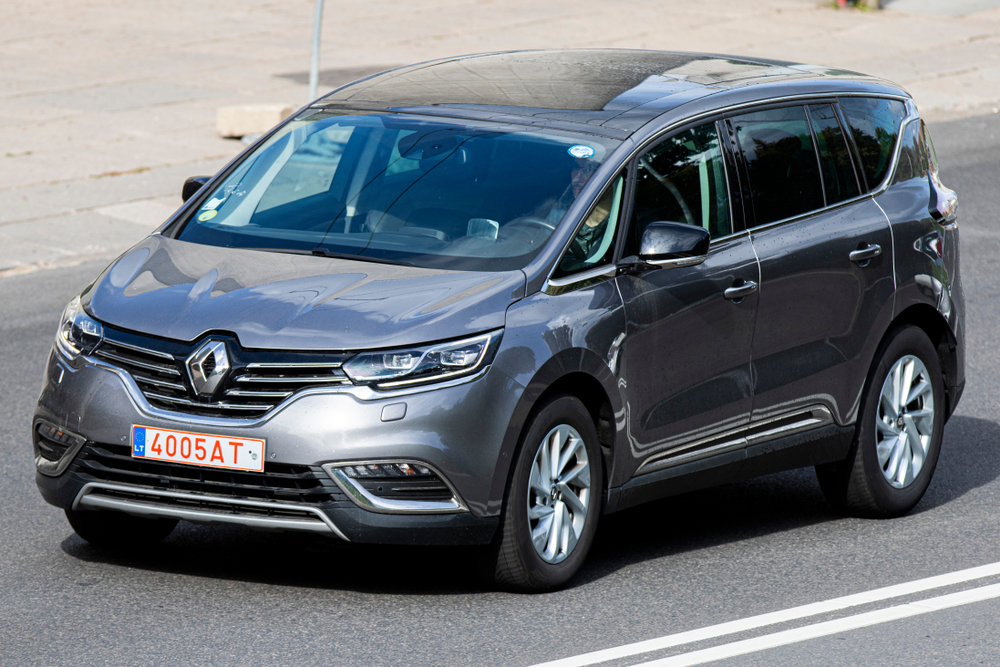
The Renault Espace, introduced in the 1980s, is one of the pioneers of the modern MPV (multi-purpose vehicle). Its spacious and flexible interior, combined with a smooth ride, made it a popular choice for families. The Espace’s innovative design, featuring a modular seating arrangement that could be easily reconfigured or removed, set new standards in the MPV segment. Its distinctive boxy shape and large windows provided excellent visibility and a bright, airy cabin. The Espace’s practicality and versatility made it a trendsetter in the family vehicle market, influencing the design of future MPVs. Its success over multiple generations highlights Renault’s ability to create functional and appealing family vehicles.
Peugeot 106 Rallye
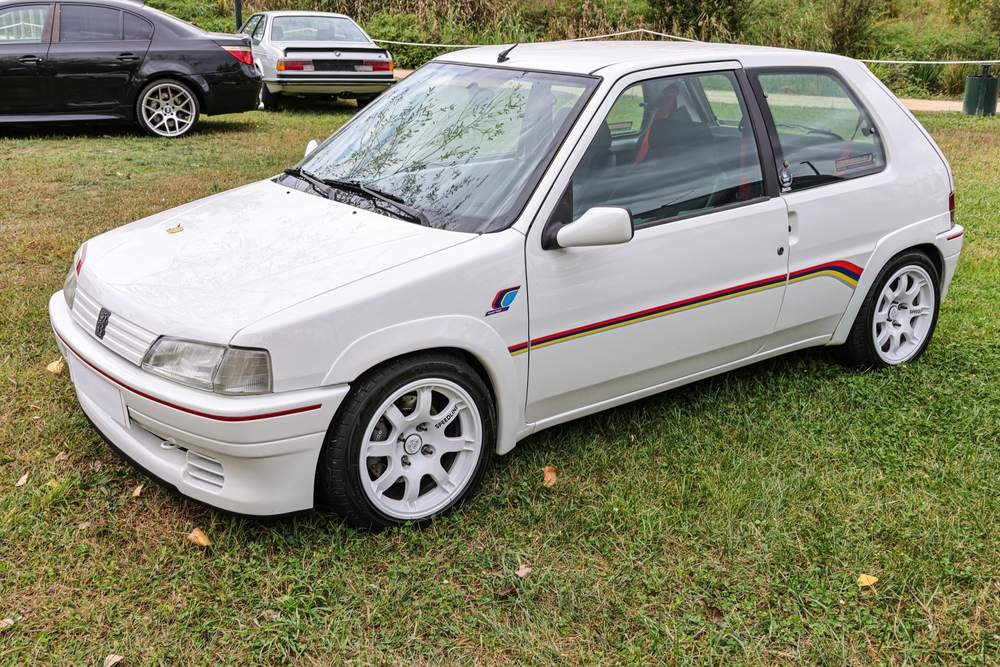
The Peugeot 106 Rallye, a hot hatch from the 1990s, is celebrated for its lightweight and agile performance. Its rev-happy engines and sporty suspension made it a joy to drive, particularly on twisty roads. The 106 Rallye’s combination of affordability and driving pleasure highlighted Peugeot’s ability to create engaging small cars. Its minimalist approach, with a focus on performance and handling rather than luxury, appealed to driving enthusiasts. The car’s distinctive rally-inspired design, with bold graphics and lightweight alloy wheels, added to its sporty character. The 106 Rallye remains a beloved model among car enthusiasts, known for its pure and unfiltered driving experience.
Citroën C4 Cactus
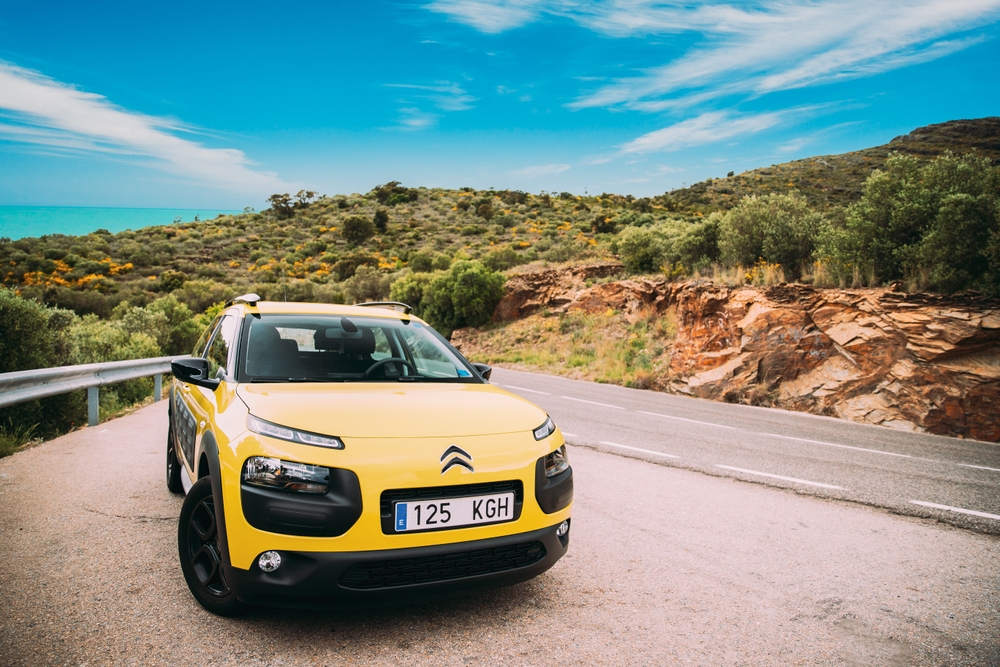
The Citroën C4 Cactus, a modern crossover, is known for its quirky design and practical features. Its unique Airbump panels, which protect the body from minor impacts, efficient engines, and comfortable ride make it a standout in the compact SUV market. The C4 Cactus’s innovative approach to design and functionality exemplifies Citroën’s creative spirit. Its exterior design, characterized by smooth lines and bold accents, sets it apart from more conventional crossovers. Inside, the C4 Cactus offers a spacious and minimalist cabin with advanced technology and comfortable seating. Its blend of style, practicality, and innovation makes it a unique and appealing choice in the crowded SUV market.
This article originally appeared on MyCarMakesNoise.
More from MyCarMakesNoise
16 Key Milestones in the Evolution of Tanks
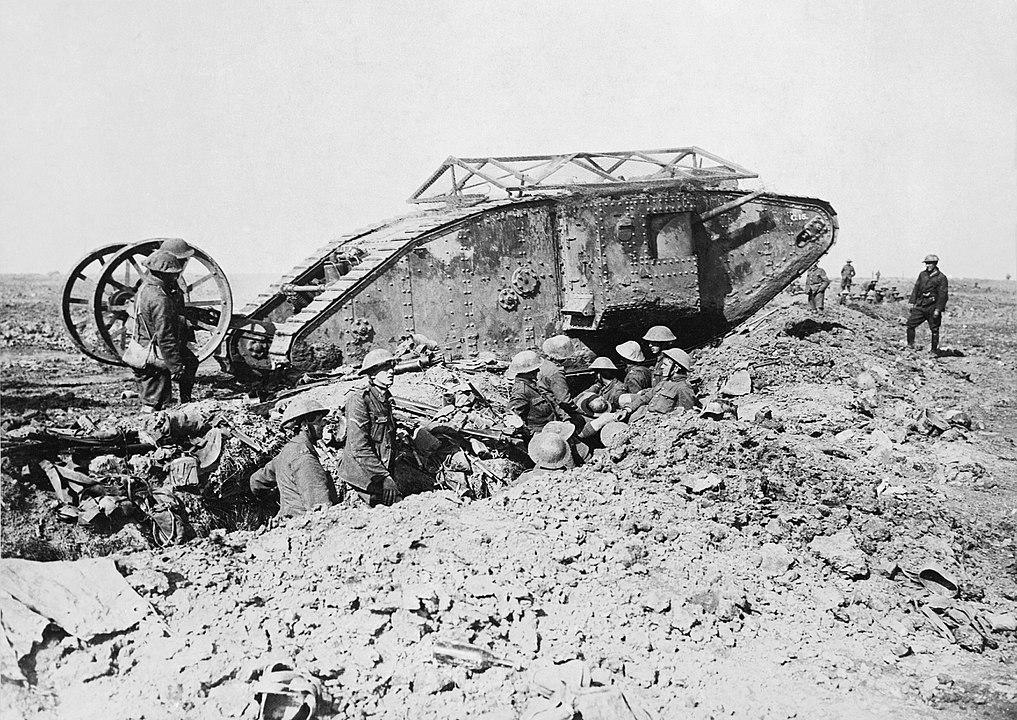
From the early designs that changed battlefield strategies to the advanced technology of today, each milestone marks a step forward in combat effectiveness and innovation. Read More.
20 Motorcycles That Push the Limits of Speed
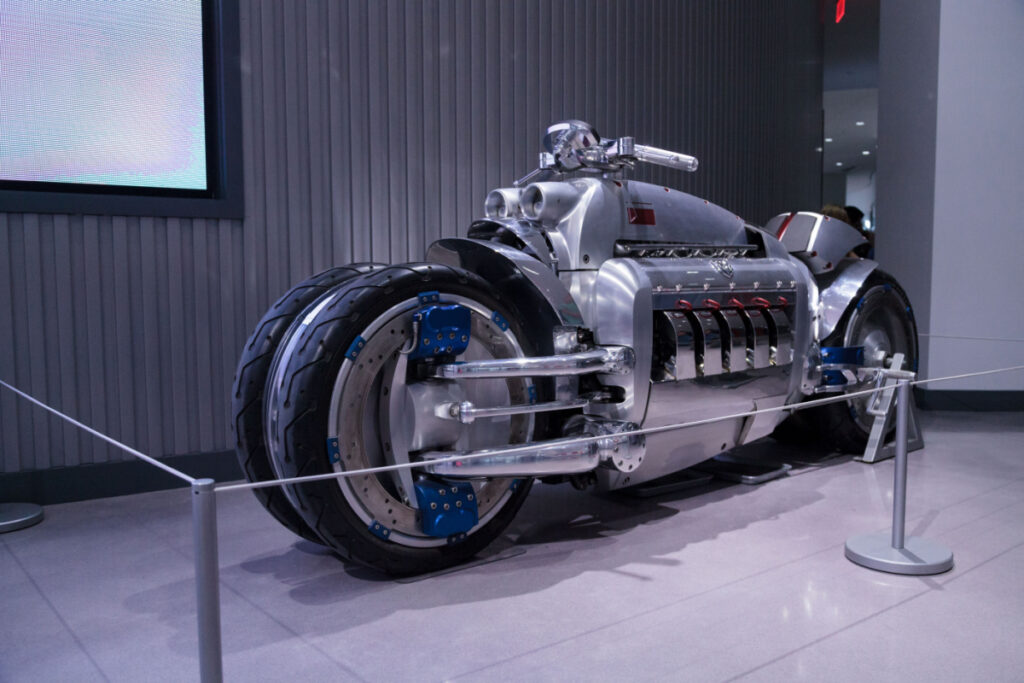
These bikes are not just about top speed; they are engineered for quick takeoffs and breathtaking performance. Get ready to explore the machines that redefine what it means to go fast. Read More.
20 Top-Selling Lincolns That Defined the Brand
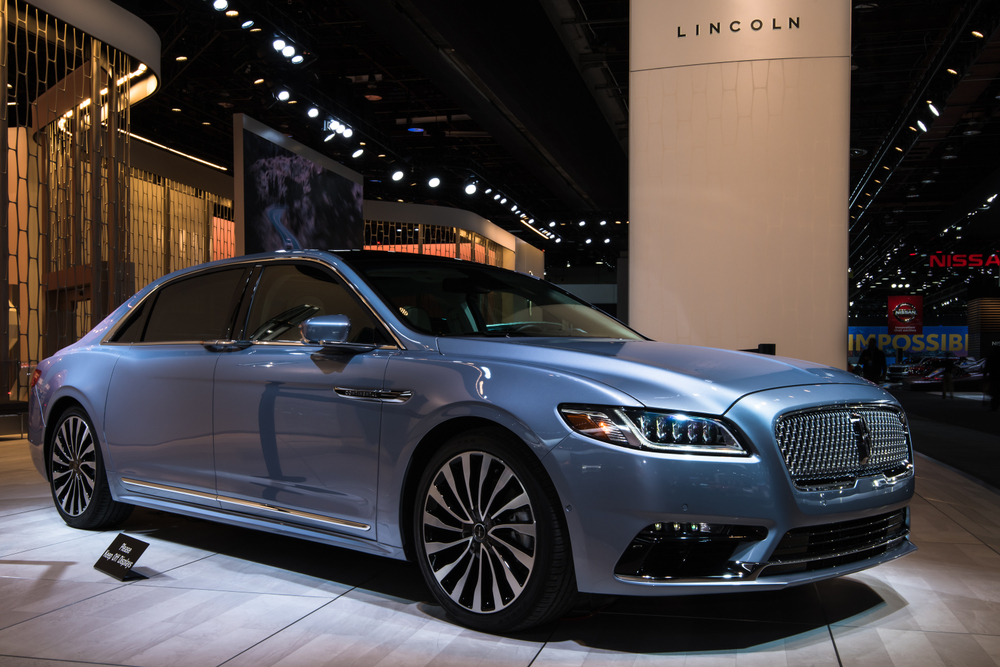
In this article, we take a look at the 20 best-selling Lincolns of all time, showcasing the models that have set the standard for style, comfort, and performance. From classic sedans to modern SUVs, these Lincolns have left a lasting mark on the automotive world. Read More.

